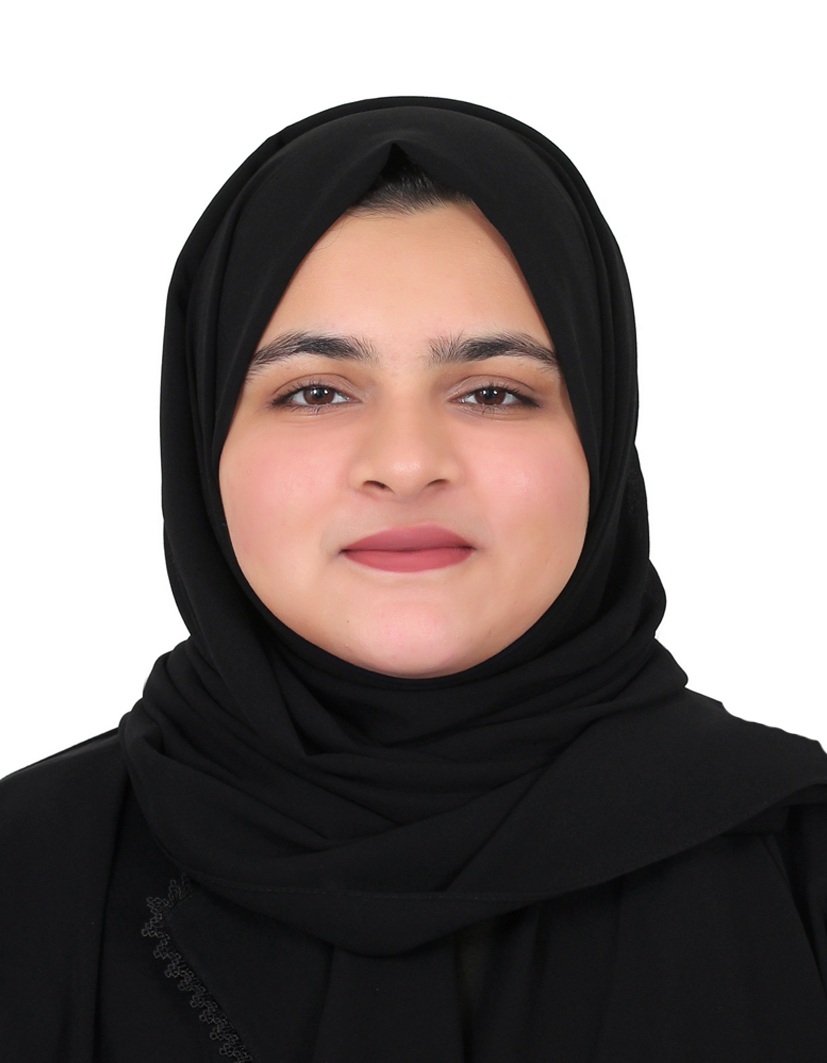
Ayshath Fazna Fahimi B
Gulf Medical University, Ajman, UAE
Abstract Title: Analysis of Bone Mineral Density Among Pre and Post Menopausal Women in the Northern Emirates of the United Arab Emirates
Biography: Ayshath Fazna Fahimi is currently pursuing her Master of Physiotherapy (MPT) at Gulf Medical University, Ajman, United Arab Emirates. Her research focuses on bone mineral density (BMD) and the influence of menopause, body mass index, ethnicity, and comorbidities on skeletal health among women in the Northern Emirates. She has completed clinical training across diverse hospital settings, including pediatrics, intensive care, and musculoskeletal rehabilitation, and has presented on multiple physiotherapy-related topics. With a strong interest in women’s health and preventive care, she aims to contribute to evidence-based practice and region-specific public health strategies.
Research Interest: Background: Osteoporosis and osteopenia are major public health concerns worldwide, yet data from the United Arab Emirates (UAE) remain limited. Menopausal status, body mass index (BMI), ethnicity, and comorbidities are known to influence bone mineral density (BMD), but their combined impact in a multiethnic UAE population has not been well studied. Objective: To assess the prevalence of osteopenia and osteoporosis among women in the Northern Emirates and to evaluate associations of BMD with BMI, menopausal status, ethnicity, and medical history. Methods: This retrospective analytical study included 161 women aged ?29 years who underwent dual-energy X-ray absorptiometry (DEXA) scans at a tertiary hospital in Ajman between 2022 and 2025. Demographic, clinical, and BMD data (lumbar spine and femoral neck) were analyzed using descriptive statistics, chi-square tests, ANOVA, Pearson correlation, and logistic regression. Results: Based on WHO criteria, 24% of participants had normal BMD, 40% were osteopenic, and 36% were osteoporotic. Postmenopausal women showed significantly higher rates of low BMD compared with premenopausal women (p < 0.001). Higher BMI was protective, with underweight women at greatest risk. Ethnic variation was observed: African women had the highest prevalence of normal BMD, while Asian and Middle Eastern women had higher rates of osteopenia and osteoporosis. Comorbidities such as diabetes and thyroid disorders were common but did not independently predict BMD after adjustment. Conclusion: Osteopenia and osteoporosis are highly prevalent among women in the Northern Emirates, particularly postmenopausal and low-BMI groups. Findings highlight the need for early screening and preventive interventions tailored to high-risk ethnic populations in the UAE.